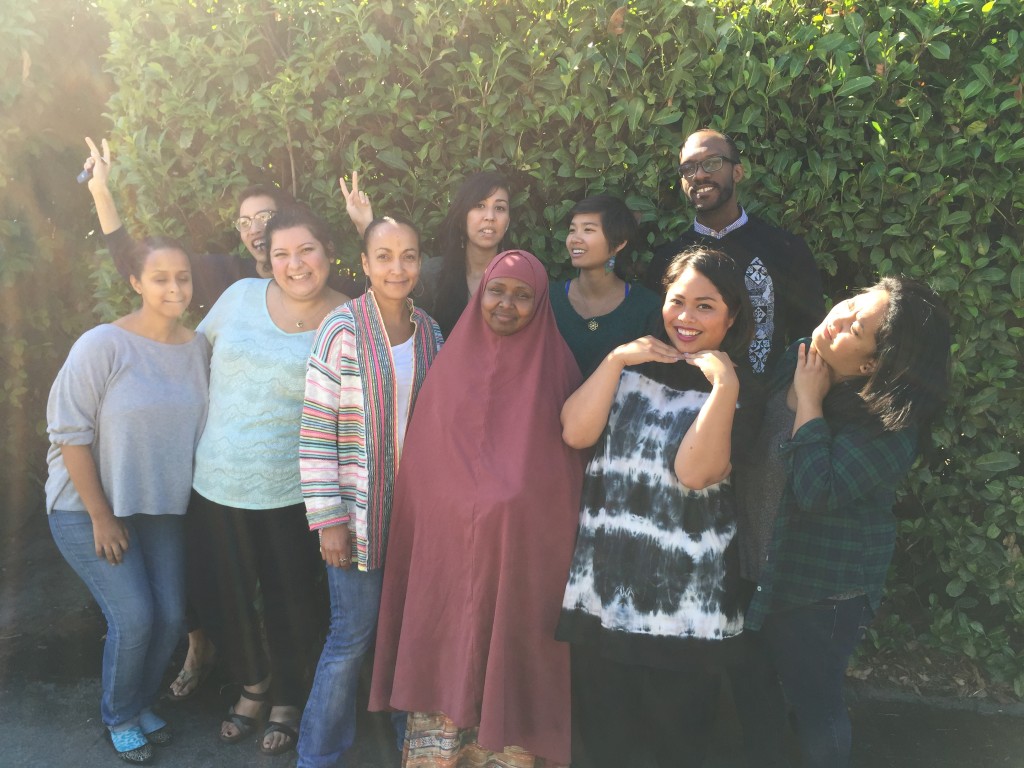 A while ago, I wrote “When you don’t disclose salary range on a job posting, a unicorn loses its wings.” The post highlights the importance of salary transparency from the beginning of the hiring process. It also talks about one of the dumbest and most damaging hiring practices we have: Using salary history to determine the starting pay of new hires. This practice ensures that people who have been underpaid—primarily women and people of color—continue to be underpaid. We, the sector fighting for equity and social justice, must end this archaic and destructive practice immediately.
A while ago, I wrote “When you don’t disclose salary range on a job posting, a unicorn loses its wings.” The post highlights the importance of salary transparency from the beginning of the hiring process. It also talks about one of the dumbest and most damaging hiring practices we have: Using salary history to determine the starting pay of new hires. This practice ensures that people who have been underpaid—primarily women and people of color—continue to be underpaid. We, the sector fighting for equity and social justice, must end this archaic and destructive practice immediately.
As I’ve been thinking more about how we treat individuals in the sector, I’ve been noticing that there is a parallel to how we treat organizations and even whole communities. A parallel to using salary history at the organizational level is something I’m going to call “Budget Testing.” This is when funders have rules regarding how much funding an organization can apply for based on its budget size. Many foundations, for example, will not fund an organization for more than 10% of its budget. Others have set limits, such as organizations with budgets less than $1M can only apply for $25,000, and those over $1M can apply for $100,000. Continue reading “Why Budget Testing is a terrible way for foundations to determine funding allocation”



